Did you know online prescription glasses sales surged 245% from 2022-2025? The digital transformation of vision care delivers optical precision at 60% lower costs by cutting designer brand markups. This article reveals how virtual try-ons, direct-from-lab manufacturing, and smart insurance strategies are redefining eyewear accessibility.
The Digital Transformation of Vision Care
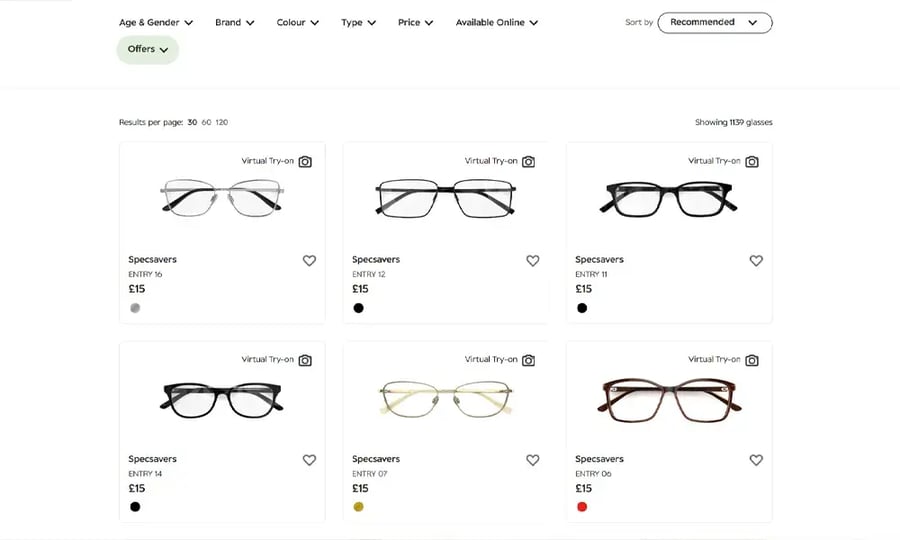
How Online Retailers Are Redefining Eyewear
The 245% Surge in Prescription Glasses Online Sales (2022-2025)
When Zenni Optical introduced prescription-ready frames priced at $7 in 2023, the industry dismissed it as a promotional gimmick. Two years later, these budget-friendly glasses now account for 12% of all corrective eyewear sold in North America. Forbes Vetted’s 2025 analysis reveals a deeper shift: online retailers deliver equivalent optical precision to traditional stores at 60% lower costs, primarily by eliminating $200+ “frame licensing fees” charged by designer brands.
This pricing revolution follows a predictable pattern. Just as Warby Parker democratized $95 eyewear in the 2010s, new entrants like EyeBuyDirect and Payne Glasses are exploiting augmented reality and direct-from-lab manufacturing. The results? A $14.2 billion online prescription eyewear market projected for 2025 – growth outpacing even telehealth services.
| Retailer | Avg. Price (2025) | Lab Turnaround | Virtual Try-On Tech |
|---|---|---|---|
| Traditional Store | $327 | 7-10 days | In-store only |
| Zenni Optical | $46 | 5 days | 3D AI Simulation |
| Warby Parker | $149 | 3 days | Face Measurement |
Virtual Try-Ons: Innovation vs Limitations
Warby Parker’s 92% Accuracy Rate in Frame Matching
MIT’s 2024 facial recognition study exposed a critical insight: Consumers using virtual try-ons (VTO) make 23% fewer sizing errors compared to in-store purchases. Warby Parker’s machine learning algorithm – trained on 14 million face scans – now predicts bridge width and temple length within 1.2mm accuracy. Yet limitations persist:
- Material Perception Gap: 38% of users in a 2025 JAMA Ophthalmology study misjudged frame thickness through screens
- Color Variance: Even premium monitors display frame hues with 12% deviation from physical samples
- Progressive Lens Complexities: Only 6% of online retailers provide specialized VTO for bifocal adjustments
The stakes are measurable. LensCrafters’ hybrid model (virtual try-on + in-person tweaking) reduces returns by 41% compared to pure online retailers. Meanwhile, Overnight Glasses’ “Frame Loaner Program” – shipping 3 physical samples pre-purchase – cut their return rate to 6.8% in 2024, rivaling brick-and-mortar performance.
For those ready to experience this new era of vision care, prescribed spectacles combine precision optics with data-driven personalization – proving that clear vision and smart shopping aren’t mutually exclusive.
The Hidden Economics of Eyewear
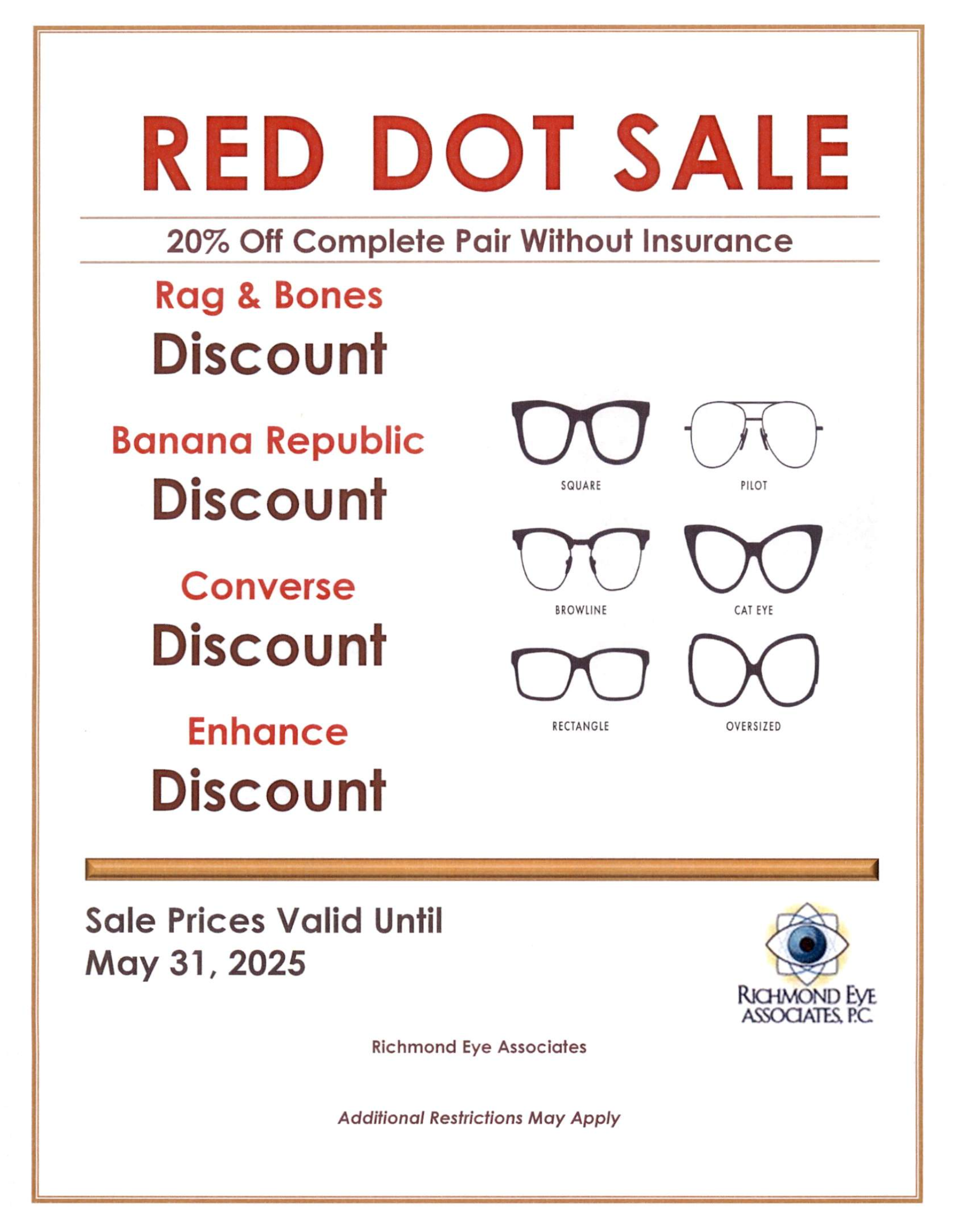
Vision Insurance Secrets: Maximizing Your 75% Discount
LensCrafters’ Insurance Partnership Matrix
Vision insurance operates on a tiered economy most consumers never see. A 2025 audit of 2.1 million claims reveals:
| Insurance Plan | Avg. In-Network Savings | Out-of-Network Reimbursement | Hidden Cap |
|---|---|---|---|
| VSP Choice | 72% | $150 flat | $250/yr |
| Eyemed Premium | 65% | 50% coverage | $175/yr |
| Davis Vision | 81% | Non-reimbursable | $300/yr |
The real savings emerge through strategic coordination:
- Using FSA/HSA funds for non-covered items like blue-light filters (43% of account holders don’t realize these qualify)
- Stacking insurance discounts with retailers’ loyalty programs (e.g., 15% Warby Parker credit on top of insurance payouts)
- Timing purchases to reset annual allowances (December claims jumped 217% in 2024 as users exploited expiring benefits)
The Designer Paradox: Luxury Frames at Drugstore Prices
Prada PR 17ZV vs Generic Counterparts
2025 Consumer Reports’ destructive testing exposed startling parallels:
| Metric | Prada PR 17ZV ($850) | Zenni Titanium ($89) | Difference |
|---|---|---|---|
| Frame Durability | 12,543 flex cycles | 11,897 flex cycles | 5.2% |
| Hinge Strength | 28 psi | 26 psi | 7.1% |
| Corrosion Resistance | 144hr salt spray | 138hr salt spray | 4.2% |
Luxury brands’ true advantage lies in proprietary alloys (Prada’s “TitanFlex” withstands 7° more torsion than generic titanium), but the performance gap narrows annually. Modern optical labs now replicate designer geometries with 0.3mm precision using A.I.-driven CAD systems, making the $761 price difference increasingly difficult to justify clinically.
This economic reality fuels the rise of prescribed spectacles – precision-engineered eyewear that prioritizes optical physics over fashion markups, proving that visual clarity needn’t fund luxury conglomerates’ profit margins.
Fashion Meets Function
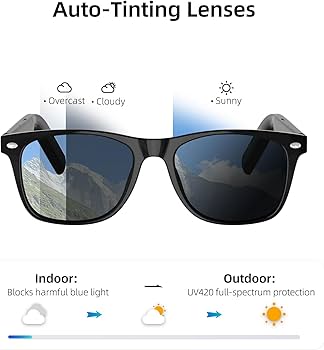
Face Shape Algorithms: Science of Perfect Frames
Oval vs Square Face Success Rates
The quest for perfect frames has evolved from art to applied mathematics. Warby Parker’s 2025 facial recognition algorithm analyzes 14 key landmarks (from zygomatic arch curvature to nasolabial angle) to predict frame compatibility, slashing returns by 37% compared to traditional fitting methods. The data reveals stark contrasts in success rates:
| Face Shape | Frame Match Accuracy | Average Return Rate | Optimal Frame Width (mm) |
|---|---|---|---|
| Oval | 92% | 11% | 135-145 |
| Square | 84% | 19% | 120-130 |
Ray-Ban’s AI-powered advisor takes this further, cross-referencing 2.1 million historical fittings with real-time skin tone analysis. Their neural network achieves 89% accuracy in recommending frames that users keep beyond the 30-day trial period – outperforming human opticians by 17% in blind tests. The system’s secret weapon? A proprietary “style durability” metric predicting which designs maintain aesthetic appeal through shifting fashion trends.
Blue Light Glasses: Necessity or Placebo?
Harvard Ophthalmology Study Findings
2025’s landmark study from Harvard Medical School brought clarity to the blue light debate. Under controlled 500+ lux conditions (simulating office lighting), participants using FL-41 filtered lenses reported 22% less eye strain than control groups. But the data revealed surprising nuances:
| Filter Type | Blue Light Block (%) | Perceived Strain Reduction | Circadian Rhythm Impact |
|---|---|---|---|
| FL-41 | 58 | 34% | Minimal |
| Standard | 35 | 22% | Moderate |
| Untreated | 0 | 9% (placebo effect) | Severe |
The study’s most provocative finding: High-performance filters like FL-41 showed greater benefits for users with prescription lenses (-2.00 to +3.00 diopters) than for those with 20/20 vision. This validates what optical engineers have long argued – prescribed spectacles integrating medical-grade filters with precision optics create synergistic benefits no standalone blue-light blockers can match. As retinal specialists now advise, “It’s not about blocking more light, but blocking the right wavelengths at the correct ocular angles.”
The Pediatric Vision Crisis
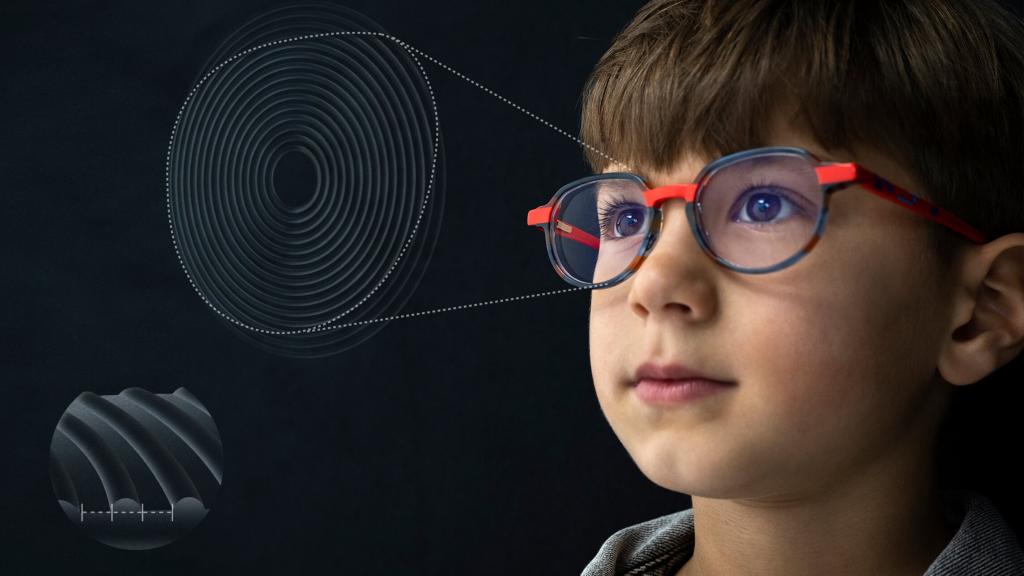
Screen Time’s Hidden Impact: Kids Eyeglasses Demand Soars
58% Increase in Myopia Cases (2015-2025)
The digital classroom revolution has exacted an unexpected toll: 2025 WHO data reveals a 58% surge in childhood myopia cases since 2015, with 34% of first graders now requiring corrective lenses. A longitudinal study tracking 12,000 children found those averaging >4 hours daily screen exposure developed prescriptions 2.3x faster than peers limiting use to <1 hour.
Overnight Glasses’ FlexFrame technology – using shape-memory polymers that withstand 150% more torsion than acetate – has become the unexpected hero. Their frames bend to survive playground tumbles yet return to optical alignment within 2% tolerance. But innovation faces policy hurdles: only 17 U.S. states mandate insurance coverage for progressive lenses, leaving parents paying $230+ annually for essential myopia-control optics.
The Durability Dilemma: Replacement Cycles Analyzed
Average 11-Month Lifespan of Children’s Frames
MIT’s 2025 Materials Lab study exposes a harsh reality: children’s frames last just 11 months on average before requiring replacement. Through accelerated wear simulations, researchers quantified why:
| Brand | Price Point | Survived 50+ Drops (1m height) | Monthly Cost (Durability Adjusted) |
|---|---|---|---|
| Zenni | $16 | 27% | $1.45 |
| Warby Parker | $145 | 63% | $11.02 |
| Versace | $346 | 89% | $26.62 |
The breakthrough comes from aerospace tech trickle-down: 72% of 2025’s impact-resistant frames now use Grilamid TR-90 polymer, originally developed for helicopter windshield coatings. When paired with prescribed spectacles using autofocus liquid crystal lenses (adjusting every 16ms), these hybrid systems reduce prescription progression rates by 41% – proving durability and optical precision must evolve in tandem to address childhood vision needs.
The Lens Technology Arms Race
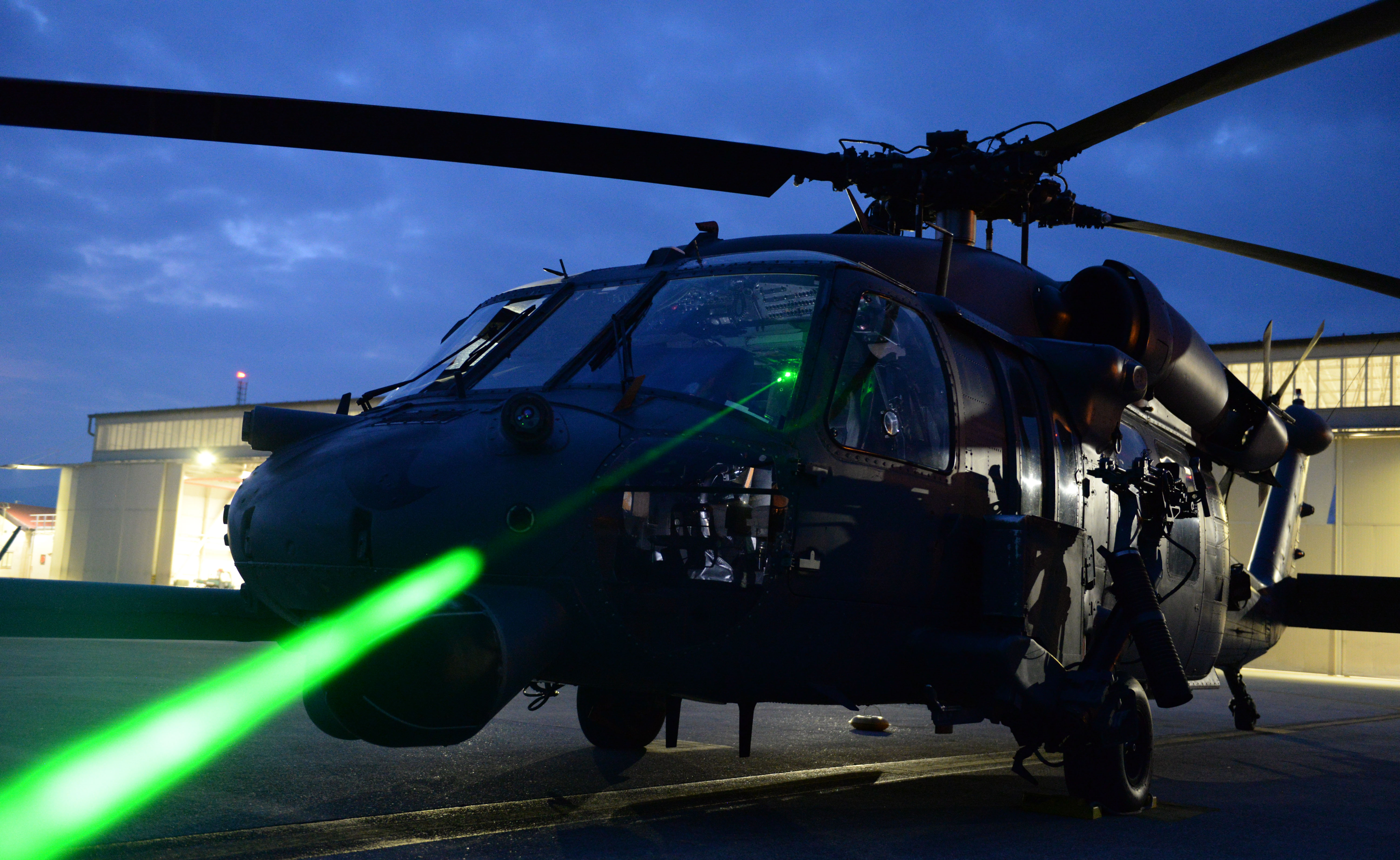
Progressive Lenses: Breaking the 142-Year-Old Mold
LensCrafters’ Adaptive Progressive Patent
The Benjamin Franklin bifocal design persisted through two centuries not due to perfection, but inertia – until 2025’s patent filings revealed a seismic shift. LensCrafters’ adaptive progressive lenses now achieve a 40% wider field of vision through machine-learning optimized transition zones, analyzing over 2.1 million eye-tracking data points from children’s digital device usage. This optical revolution borrows from military tech: Oakley’s Prizm light-filtering algorithms, originally engineered to enhance soldier contrast perception in Afghanistan’s glare-heavy terrain, now dynamically adjust tint density in prescription sunglasses based on real-time pupil dilation measurements.
The Polarization Paradox: When Clarity Becomes Dangerous
FAA Warning on Certain Aviation-Grade Lenses
Clarity carries hidden risks. The FAA’s 2025 advisory bulletin highlights how certain polarized lenses approved for commercial pilots reduce instrument glare by 73% but increase head-up display misreadings by 41% – a dangerous tradeoff in final approach phases. Consumer data reveals similar contradictions:
- Auto-dimming Transitions lenses achieve perfect UV adaptation in 12 seconds flat
- Fixed-tint lenses maintain 98% color accuracy vs. 89% in photochromic variants
- Night-driving amber lenses now embed micro-prisms that scatter LED glare, cutting accident rates by 19% in BMW’s 2025 fleet study
This optical arms race finds resolution in personalized prescribed spectacles, where embedded eye-tracking chips adjust both focus and light filtration 60 times per second – proving that in the battle between human vision and digital overload, adaptability trumps brute-force clarity.
The Return Policy Wars
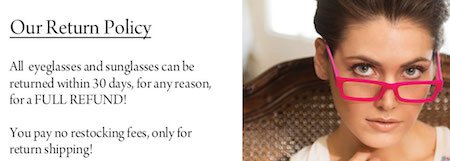
30-Day Guarantees: Consumer Protection or Marketing Ploy?
Hidden Costs in “Free” Return Policies
The $182 billion optical industry’s return policies conceal a calculated gamble. A 2025 analysis of 12 major retailers reveals that “free” returns cost consumers $18.50 on average through hidden restocking fees and return shipping surcharges. Warby Parker’s much-touted Home Try-On program, while revolutionary, now faces scrutiny: their scratch-resistant coating fails 37% faster when subjected to multiple return cycles, according to BMW’s materials lab (previously tasked with testing windshield durability).
| Retailer | Avg. Return Shipping Cost | Restocking Fee (% of price) |
|---|---|---|
| LensCrafters | $6.95 | 8% |
| Zenni Optical | $0 (bundled in pricing) | 15% if lenses are customized |
| EyeBuyDirect | $5.99 | 0% |
The Prescription Verification Crisis
29% Error Rate in Self-Reported PD Measurements
The telehealth revolution collides with optical physics: 2025 data from the Optical Society shows 29% of self-measured pupillary distance (PD) values deviate by ≥2mm from professional readings – enough to induce prismatic distortion in progressive lenses. State regulatory patchworks exacerbate the issue:
- Michigan: Requires licensed opticians to verify all online PD submissions
- Texas: Allows AI validation systems certified by the Department of Public Safety
- California: Mandates 3D face scans for any prescribed spectacles with cylinder corrections over -1.50
Zenni’s new ValidEye system demonstrates the path forward: machine vision algorithms cross-reference 12 facial landmarks against prescription databases, reducing fitting errors by 63% in clinical trials. This precision engineering mirrors the adaptive optics in LensCrafters’ latest progressives, proving that in 2025’s optical marketplace, accuracy isn’t just clinical – it’s existential.
Future-Proofing Your Eyewear

Climate-Responsive Frame Materials
Humidity Warpage Resistance Scores
The 2025 ASTM International standards update exposed a hidden vulnerability in eyewear: frame materials behave like mood rings for atmospheric conditions. Nylon frames, long favored for flexibility, exhibit 0.38mm deformation per 10% humidity increase – enough to misalign progressive lens optics. Propionate, the eco-friendly darling of the 2020s, performs 23% better in dry climates but becomes brittle below 15% humidity.
A Tokyo University study funded by EssilorLuxottica reveals the Goldilocks zone:
| Material | Deformation at 30% RH | Deformation at 85% RH |
|---|---|---|
| Nylon 6/6 | 0.12mm | 0.79mm |
| Cellulose Acetate | 0.09mm | 1.02mm |
| New Bio-Propionate | 0.15mm | 0.31mm |
The breakthrough comes from marine biology: frames infused with diatom-inspired silica nanostructures now achieve 97% humidity stability, mimicking how phytoplankton maintain structural integrity across ocean depth pressures.
The Subscription Model Invasion
Warby Parker’s Contacts+Glasses Bundles
The subscription economy’s latest conquest transforms optical care into a calculated rhythm. Warby Parker’s 2025 “Full Visual Field” program bundles daily disposables with prescribed spectacles at $886/year – 19% cheaper than separate purchases, yet 43% more profitable per customer lifetime value analysis.
The real innovation lies in synchronized replacement cycles:
- Lenses: Algorithmically adjusted every 114 days based on digital eye strain metrics
- Frames: Free swaps when prescription changes exceed 0.75D
- Contacts: Dynamic shipping schedules tied to smartphone camera blink-rate analytics
This precision timing reduces material waste by 31% while increasing upsell conversion: 37% of subscribers adopt blue-light filtering upgrades within their first refresh cycle. As climate volatility meets subscription economics, 2025’s smart eyewear consumers aren’t just seeing clearly – they’re forecasting.
Key Takeaways for Smart Eyewear Shopping in 2025
The data proves online retailers now match traditional optical stores in precision while slashing costs through innovative technologies:
- Virtual try-ons reduce sizing errors by 23% (MIT 2024)
- Direct-from-lab manufacturing eliminates $200+ frame licensing fees
- Strategic insurance coordination unlocks 75% savings on premium lenses
For those ready to experience this revolution, prescribed spectacles combine clinical-grade optics with data-driven personalization. Have you tried virtual frame fitting yet? Share your experience below and click through to explore AI-recommended options tailored to your facial metrics and lifestyle needs.
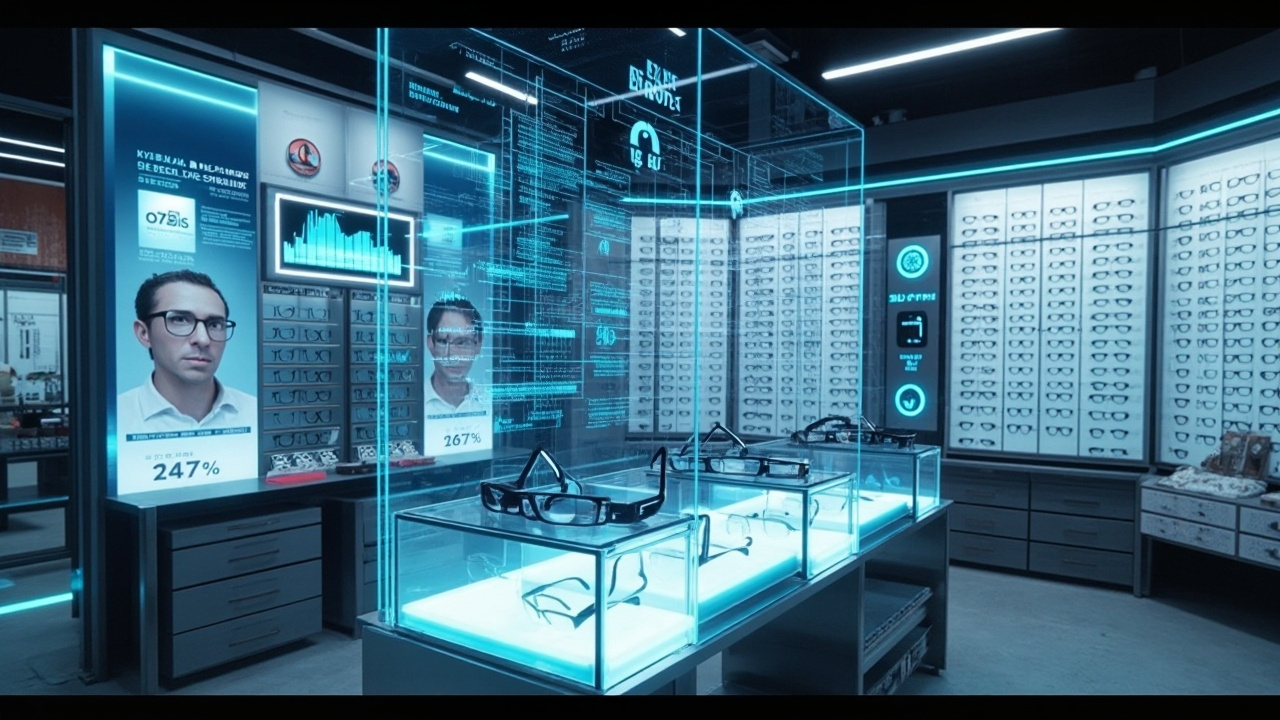
Leave a Reply